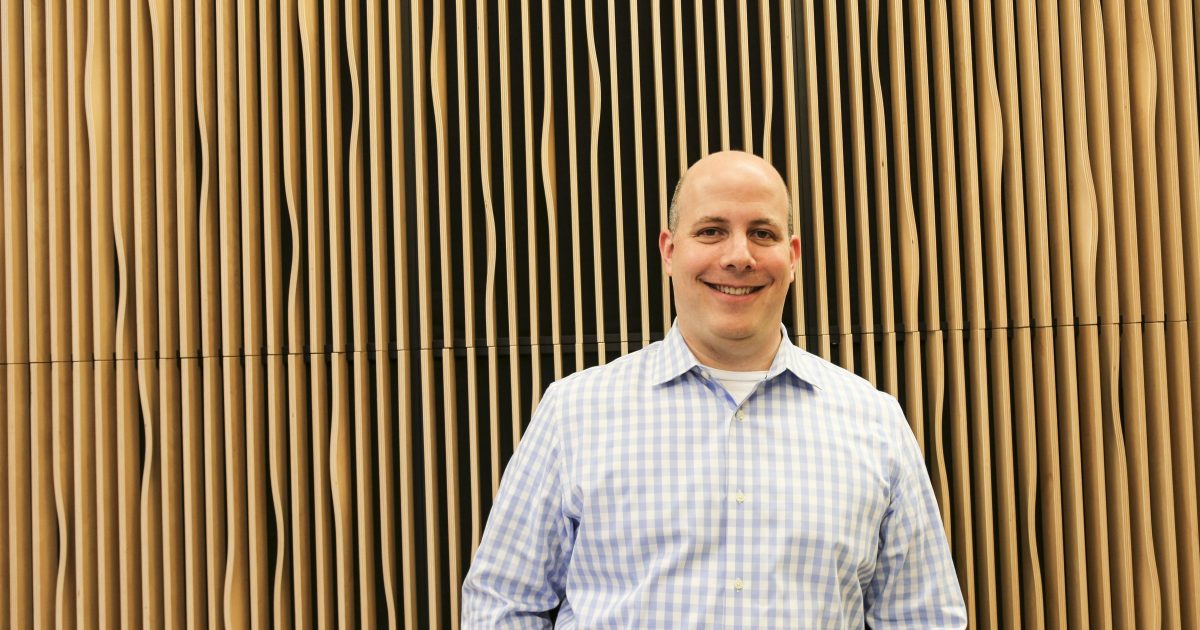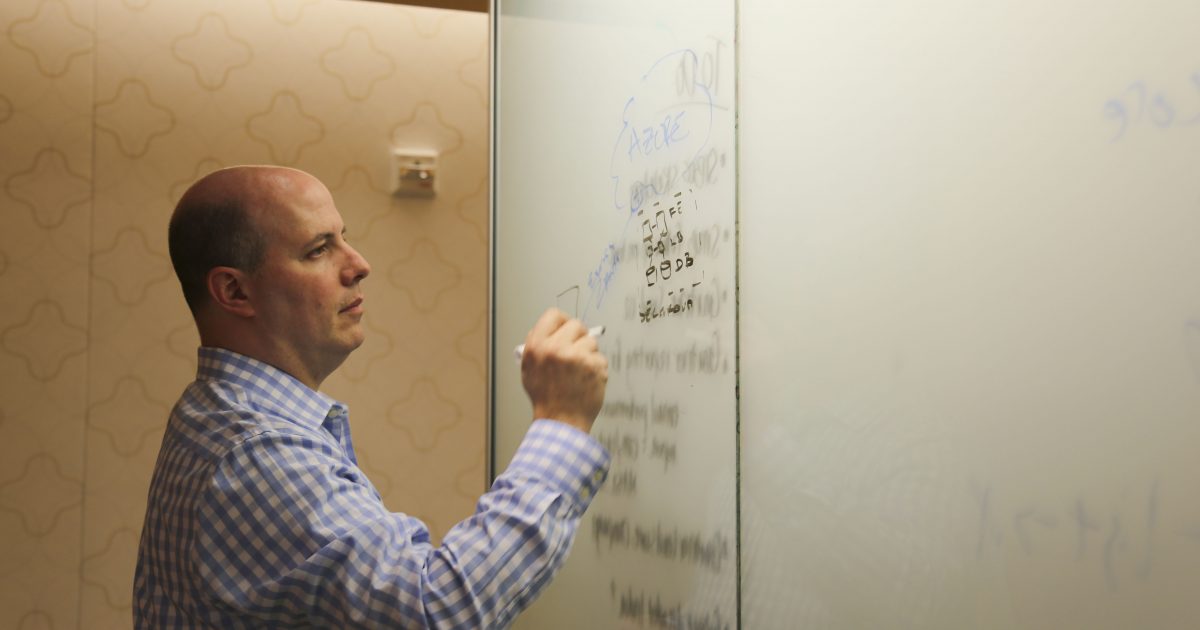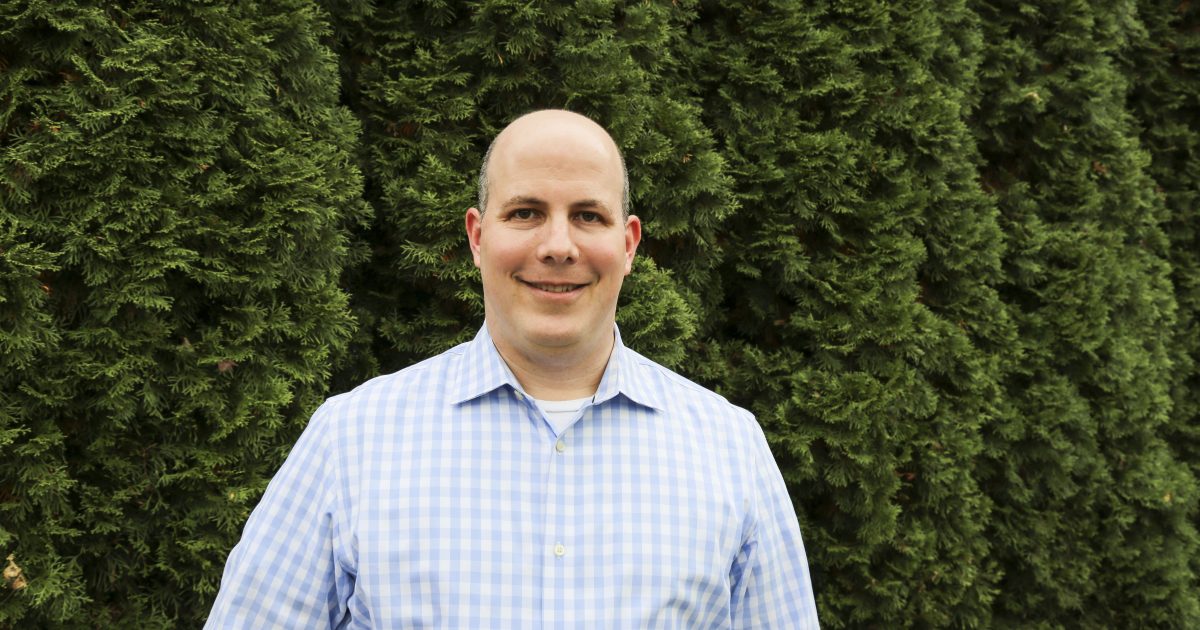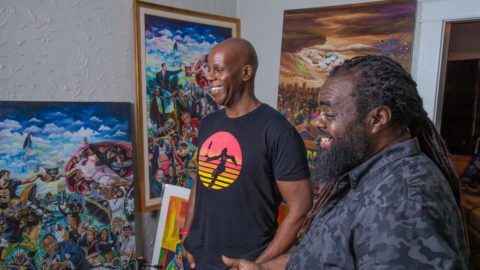Why job freedom and global reach are among the draws for Cloud Solution Architects
Microsoft CSAs take on impactful work while empowering the world
Walter Myers has a passion for technology and specifically “using technology for good,” to help people improve their lives. Brett Hacker wants to make the world “a little bit better place.”
Hacker has been at Microsoft for almost a year; Myers, for more than 20. Both are cloud solution architects who say their jobs and the company’s culture make it possible for them to achieve their aspirations.
“Every night when I go to bed I feel like, ‘Wow. I’ve made an impact in the world … I’ve actually helped … today,” says Myers.
Hacker – and yes, that’s his real last name (“Nobody ever forgets when Hacker is coming to work on their computers,” he says) – feels just as strongly.
At Microsoft, he says, “I literally, personally have a chance to make the world a little bit better place with my role, especially with the cloud and helping people see a newer, better, faster” way to do things that is also more efficient.
Microsoft’s cloud solution architects take on varied and challenging work. They helped rebuild Nepal after last April’s devastating earthquake, collaborating with local Nepali developers to build a $70 phone and mobile application that replaced a $2,000 mobile computing solution. They developed big data solutions to help the Thai government dramatically accelerate and improve the accuracy of its crime investigations. They built an Internet of Things (IoT) solution that is being used by one of the world’s largest elevator manufacturing companies to provide predictive and even preemptive maintenance on more than 1.1 million elevators.
It’s an ideal job for someone who loves discovering different ways to solve problems, then putting those solutions to work, someone who likes working both independently, but also as part of a team.
Cloud solution architects’ backgrounds are as different as the projects they work on. Myers started out two decades ago in Microsoft’s consulting services; Hacker graduated with a degree in music, a field he is still drawn to. His interest in computers led him into IT. He became a Microsoft Certified Solutions Expert (MCSE), and later, a developer and a CIO of a tech startup.
Both Myers and Hacker enjoy the freedom they have in their jobs, as well as the support they get from their fellow cloud solution architects, Microsoft engineers and developers, who help them help customers determine the right cloud solution for their business.
“I’m empowered to go in and speak the truth” to customers, says Hacker. “I can be honest and I can just say, ‘You know, we don’t have a good answer for that right now,’ if that’s appropriate, or, ‘I don’t think we have a good answer for that right now, but I’ve got a hundred people I can go check with and I’ll let you know tomorrow.’
In his previous roles, before coming to Microsoft, Hacker says, he felt he had to be “the smartest guy in the room. I was going to be the expert. And I’ve realized that that’s not possible and that’s okay, because there are hundreds of thousands of people available in this company that can come pick up the slack.”
Microsoft’s cloud solution architects don’t work in a vacuum; there is a “vast culture of community” that starts from the moment they are hired, and soon after, when they go through a weeklong boot camp, says Eduardo Kassner, Microsoft’s worldwide director of cloud solution architecture.
“The onboarding process of the cloud solution architects is world class and unique in the industry,” Kassner says. “It is designed to create a strong network directly with the engineering teams, the fast-growing cloud solution architecture community worldwide and the rest of the technical, industry and architecture consulting communities within Microsoft.”
Myers also appreciates the leeway Microsoft gives cloud solution architects to do their jobs.
“One of the first things you learn at Microsoft is that no one is going to be looking over your shoulder, watching everything you’re doing,” he says. The idea at Microsoft is that no one should have to be managing what you’re doing on a day-to-day basis. You are empowered to do your job.”
Myers says he likes that because “there’s a lot of freedom in that. But there’s also a lot of responsibility … making sure that you get the job done for your customers. And Microsoft is very, very much customer-obsessed.”
It goes hand-in-hand with the company’s culture, he says. “People are very passionate about making an impact in the world … That’s why people come to Microsoft. They want to change the world.”
-

For Myers, that passion is about how the cloud can be used for good, including helping individuals improve their own health.
One of his customers, for example, is developing a cloud-based solution to help patients who have high cholesterol.
“When I think about where technology is going, and where the cloud is going, to me, the most exciting things are the things that are going to help make people’s lives better in terms of their own health,” he says. “Because ultimately, that’s the most important thing is your health. If you don’t have you health, you don’t have much of anything.”
He lauds a fellow Microsoft employee who helped develop a solution for parents whose children have Type 1 diabetes with real-time access to a glucose monitoring system from Web browsers via smartphones, computers, tablets and the Pebble smartwatch running on Azure.
The system “has now spread out to literally thousands of people,” not only in the U.S., but worldwide, Myers says. “That’s fantastic stuff. That’s exciting stuff.”
Microsoft’s mobile-first, cloud-first philosophy has opened up “many vistas,” says Myers, “and also I really like the way we’ve embraced open-source. That was something that we hadn’t done before. But I think we’re just moving in directions now where the world is open to us, because we’re embracing so many new things and new technologies, and not necessarily ours.”
Hacker agrees.
After working with a customer, Hacker says, if “it looks like it’s AWS play, I’ll say, ‘This piece would run better over there.’ And that’s okay, because if I say that and it’s true, (customers are) going to trust me more when the next thing is, ‘This is a better Microsoft answer.’ They’re going to be like, ‘Well, I believe you, because you don’t just always say that.’”
At one meeting this past year, senior team leaders talked about “each individual person having a mission – not the company having a mission, but (asking) what is your mission?” recalls Hacker. Those attending the meeting were asked to share, with the person next to them, their vision of “Here’s what I want to do with the world” – not just write it down, take it home and put it “under your pillow,” he says.
In the meeting, Hacker, used to typical sales meetings in previous jobs, asked a friend of his, another cloud solution architect, whether if what they just heard was “typical” of such a meeting.
-
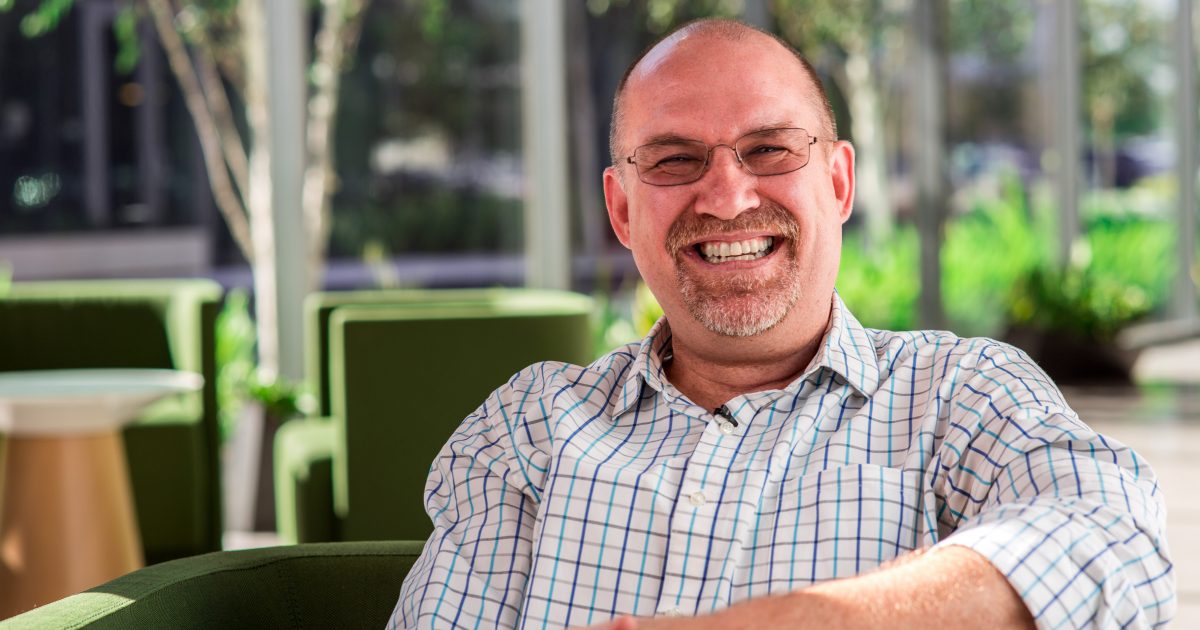
The friend said no; that this was different. “He said, ‘I’m surprised to hear them talking like this.’ So, there is really a definite sense of a Microsoft 2.0 to me … I was literally inspired,” Hacker says.
What’s happening now “really is exciting,” Hacker says. “Exciting enough that I’m going to put my plans for a music career in the future on hold, and I want to see what’s going to happen here. Because this is cool.”
Interested in applying? Here’s where you can learn more.


